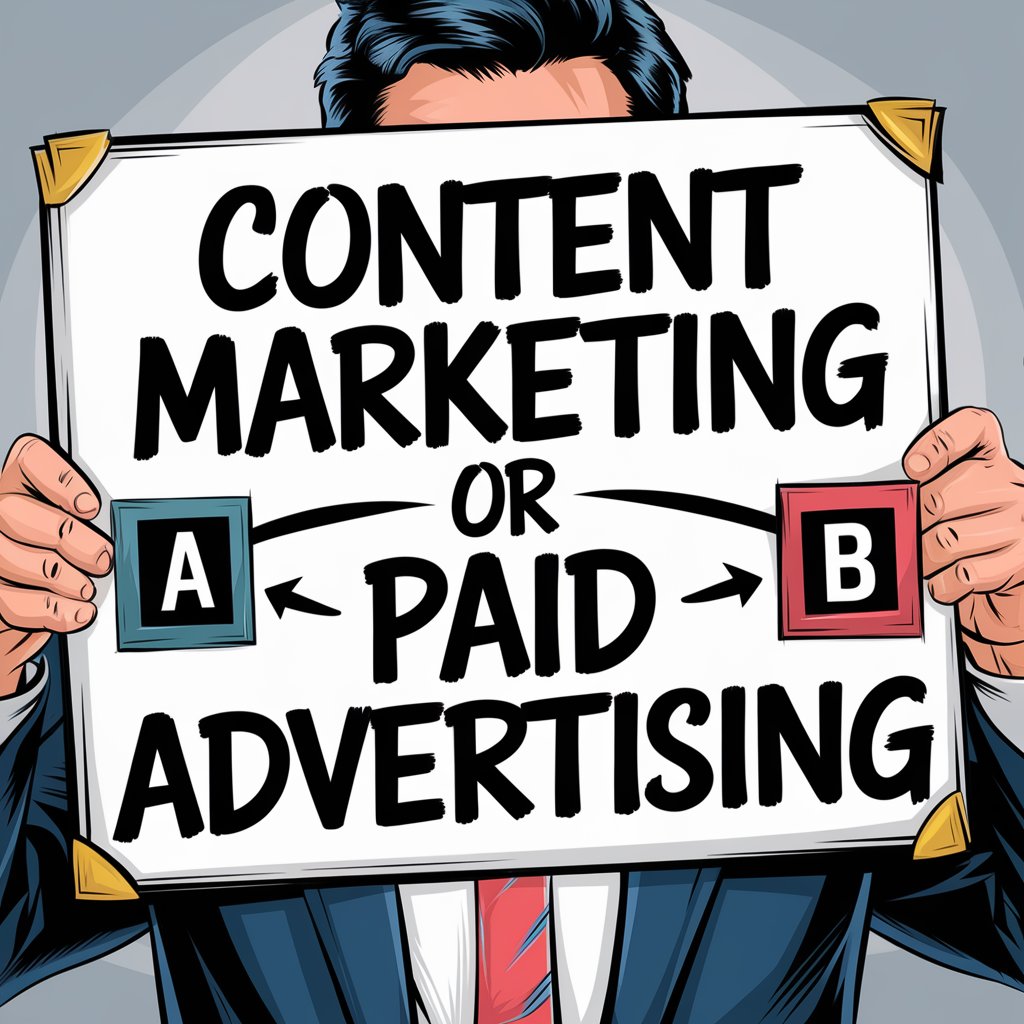Promoting a business’s online offerings has evolved to offer many strategies, each with unique advantages and applications. Among these diverse tactics, content marketing and paid advertising stand out as two of the most effective approaches for reaching and engaging target audiences. The choice between these strategies often depends on various factors, including business goals, budget constraints, and desired outcomes.
Understanding the distinctions, strengths, and limitations of content marketing and paid advertising can significantly influence the effectiveness of a marketing campaign. This comparison aims to clarify which approach from reputable digital marketing services might fit a business’s needs.
Understanding Content Marketing
It’s a powerful technique that consists of creating and sharing valuable, suitable, and consistent content to draw and keep the attention of a specific audience. Doing so can establish a strong connection with your target audience and drive business results. The aim is to drive profitable user action through trust and authority building. Unlike traditional marketing tactics, content marketing focuses less on direct sales and more on establishing a long-term relationship with the audience. This strategy leverages various formats such as blog posts, videos, infographics, and podcasts to provide valuable and engaging content that answers the audience’s questions and meets their needs.
One advantage of content marketing is its ability to enhance brand visibility and reputation over time. By offering valuable information, businesses can position themselves as industry leaders, thereby earning the trust of their target market. This approach also benefits from being cost-effective in the long run, as high-quality content continues to attract and engage new customers without additional investment. Utilizing a reputable marketing service provider can elevate the efforts by bringing in expertise in SEO, content creation, and strategic distribution, ensuring that the content aligns with the audience and drives engagement and conversion effectively.
The Dynamics of Paid Advertising
Paid advertising involves paying for ad space to promote items or services directly to the target audience. Platforms such as Google Ads, Facebook Ads, and Instagram Sponsored Posts enable businesses to reach potential customers quickly and efficiently. Paid ads can be tailored to appear in front of specific demographics, interests, and behaviors, making them a powerful tool for driving immediate traffic and sales.
The main advantage of paid advertising is its ability to generate fast results. Businesses can see an immediate increase in visibility, traffic, and conversions, making it an attractive choice for those looking to boost their online presence quickly. Paid advertising offers measurable outcomes, allowing firms to track the efficacy of their ads in real time and adjust their strategies accordingly. Partnering with a professional marketing service for paid advertising ensures that campaigns are crafted with precision and continuously optimized based on data-driven insights to maximize ROI and efficiently meet specific marketing objectives.
Balancing Cost and ROI
When deciding between content marketing and paid advertising, it is crucial to consider the balance between cost and return on investment (ROI). Content marketing generally requires a lower upfront investment but demands significant time and effort to produce quality content consistently. Over time, it can offer a higher ROI as the content attracts organic traffic and generates leads without ongoing expenses.
While paid advertising is more expensive in the short term, it provides immediate visibility and faster results. For businesses that need quick wins or have the budget to sustain ongoing campaigns, paid advertising can offer a good ROI. A reputable marketing service provider can provide invaluable assistance in accurately measuring and interpreting ROI from it and paid advertising, letting businesses make decisions aligning budget allocations with marketing outcomes.
Longevity and Sustainability
Content marketing offers the benefit of longevity. Quality content can attract traffic and generate leads for years after publication. This long-term approach builds a sustainable foundation for a business’s online presence, enhancing its credibility and authority within its industry.
Although paid advertising is effective for quick results, it offers a different longevity. The visibility and traffic it generates are temporary, lasting only as long as the campaign is active. With the support of a trusted marketing service provider, businesses can develop and implement content strategies that have an immediate impact and contribute to sustainable growth and brand strength over time.
Tailoring Strategies to Business Goals
Content and paid advertising should be tailored to a business’s goals, audience, and budget. A professional marketing service can align content and paid advertising strategies with a company’s overarching goals, ensuring each campaign is strategically designed to meet specific objectives, whether for long-term brand building or immediate sales generation.
Content and paid advertising are critical in a comprehensive digital marketing services strategy. By understanding each approach’s unique benefits and limitations, enterprises can make decisions that align with their marketing objectives and resources. A well-rounded strategy incorporating it for long-term growth and paid advertising for immediate gains can often provide the best results, ensuring a dynamic and effective online presence.






